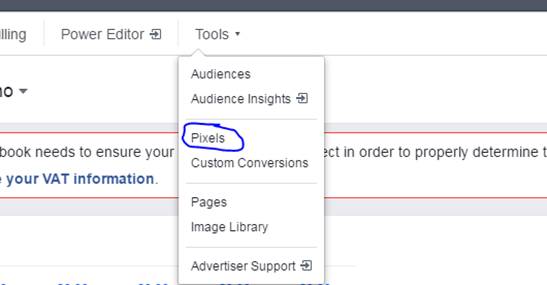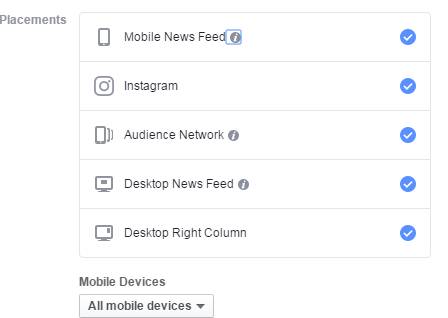I am quite sure some PPC specialists are not fully utilizing the Facebook and Instagram advertising platform.
A few weeks ago, I had a meeting with one of my clients to ascertain the progress of business. For clarity, I do manage his AdWords account and his company is one of the top retailers in his sector. The client was happy, saying that things were going really well and that it has been one of his best months. This meeting took place at the end of the third week of April. Previously, he had not experienced success with standard Facebook advertising, but I instead suggested we try remarketing on Facebook and Instagram. After much persuasion, he gave me the go-ahead to launch the remarketing campaign.
The remarketing audience size at the point of the campaign launch was about 350. With this audience, about 270 reaches were projected for Facebook and 80 for Instagram. I intentionally refused to add similar audiences for this actual campaign as relevance and a good CPA was top on my mind.
After a week of the actual launch with a limited audience of 400, we had 3 quality conversions. Two were from Facebook and 1 from Instagram. I started with a very limited budget of £3 a day and after a week of having a live campaign and spending about £22.07 in total, we achieved a cost per conversion of about £7.36. My average cost per conversion on AdWords for this same client was £36.50. These conversions were of the highest quality as they were customers at the lower end of the funnel. For a client that generates revenue of about £3,000 per sale, a cost per conversion of £7.36 is pretty good.

Here are some important steps and tips to making the most of Facebook and Instagram remarketing.
1) Understand the industry: My client is within the B2C sector. Facebook and Instagram worked well because they are great platforms to target consumers rather than businesses.
2) Remarketing tag: In the past, we had to create a remarketing pixel via the audience tab through the drop-down menu. Now, Facebook allows advertisers to use the same pixel for conversion tracking and creating a remarketing audience. It is important you add this tag to your site.

3) Image Selection: When it comes to image selection for the ad, Facebook allows you to either go for a carousel or single image option. I went with the single image option at the start and uploaded a few images to test. Most importantly, I uploaded images that were quite appealing but attainable. Some of the images from my client were very appealing but could seem out of this world or might overwhelm some potential customers. Hence, the reason I chose images that were attractive but not too overwhelming.

This image was one of the biggest winners because it displays an awesome home setting that has a real and homely feel. Having a school bag and hand towel makes this image feel more real than an abstract or out-of-this-world kitchen image. Facebook and Instagram are platforms where feelings and emotions are at the core. So ensure you use images that will strike the emotional chords of your users.
4) Optimize, optimize and optimize: Optimizing campaigns is critical. After the first week of launching the campaign, things went a bit quiet from the conversion perspective. A few days ago, I had to dive in and change the ad title, description and image display format to a carousel. After making these changes two enquiries popped in the same day. You don’t set up a paid social remarketing campaign and go on vacation. You optimize for conversions.

5) Review the quality of the enquiries: If your client is on WordPress, the Flamingo plug-in allows you to check the actual enquiry and ascertain its relevance and quality. In Joomla, the Breezing Form extension enables you to check the online enquiries. It is always a great idea to check the quality of the enquiries and further optimize your campaign. Overall, the campaign has generated 5 quality enquiries from a total spend of £64.74 and a cost per conversion of £12.95.

Key Takeaways
- A client does not need an Instagram account for you to launch a Facebook and Instagram remarketing campaign
- Ensure the campaign objective is set to conversions
- Use the appropriate call to action (e.g Learn more, Apply now, Buy now e.t.c)
- Allow Facebook to automatically select the best-performing images
- Don’t just stick to a single image display ad format, try the carousel option as well (at no extra cost)
- You don’t need a large remarketing audience or budget to achieve great results
- Select as many ad placements as possible

Conclusion
Devising an SEM strategy that focuses solely on Google AdWords management or Bing Ads may not be sufficient enough in this age of social media advancements. As such, paid social campaigns and remarketing can be implemented on a properly laid out strategy. Facebook, Instagram, and Twitter provide great platforms for paid social remarketing.



